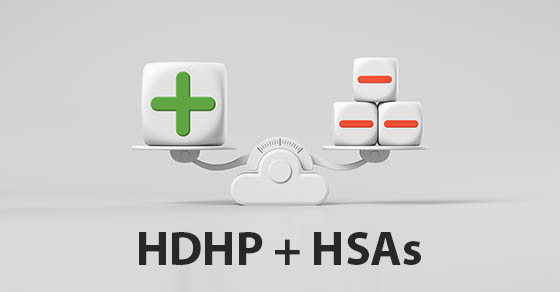
So, how are sales looking for next year? It’s not a rhetorical question. Your business should be able to look ahead and accurately estimate how its future sales are shaping up. This practice is called sales forecasting, and doing it well is key to better managing your company’s financial performance.
Why it’s important
Formally defined, sales forecasting is a comprehensive process for estimating future revenue in a given period based on carefully chosen metrics and, often, human input.
The advantages of sales forecasts go far beyond simply establishing your sales team’s confidence level. Done properly, forecasts can help you and your leadership team set ambitious but achievable sales objectives in relation to broader strategic goals.
As a result, you can create more accurate budgets across the business and better allocate resources to ensure you’ll meet those objectives. In addition, sales forecasts often reveal strategic and operational risks before they become crises.
Quantitative vs. qualitative
Generally, two broad models are used for sales forecasting: quantitative and qualitative.
Quantitative forecasting involves gathering numerical data and applying statistical methods to generate revenue estimates. This usually starts with looking at historical sales results and identifying past trends. You can, for example, break down sales data by time periods, product or service lines, or regions to spot patterns and seasonal fluctuations.
Other internal business metrics also factor into quantitative forecasting. These may include:
- Return on investment of marketing campaigns,
- Measures related to productivity and staffing levels, and
- Inventory metrics.
And the data points don’t stop there. Sales forecasts can incorporate additional quantitative information drawn from global, national and local economic indicators; industry and market trends; and consumer behavior.
Qualitative sales forecasting relies less on hard data and more on the input of pertinent parties inside and outside your company. Such parties include your executive leadership team, as well as members of your sales and marketing departments. However, you can also gather qualitative feedback from customer surveys, focus groups and consultants.
Most businesses combine the quantitative and qualitative models to arrive at an optimal sales forecasting process. Start-ups and companies with limited operating histories may need to rely largely on qualitative input.
Best practices
There’s no one-size-fits-all sales forecasting process. The right one depends on your business’s distinctive features, operational requirements and strategic goals. Nonetheless, certain best practices generally apply to all companies. These include:
Defining the time frame. Most businesses generate sales forecasts monthly or quarterly. Newer companies or small businesses may be able to get away with annual sales forecasts because they have less data to work with. As a company grows, however, it will likely need to perform sales forecasts more often.
Choosing data points carefully and consistently. Quantitative sales forecasts generally must measure the same things over time so you can compare, contrast and pick up trends. When using the qualitative model, you may add contributors as necessary and feasible, but be careful about information overload.
Finding the right analytical method. You can crunch the numbers in various ways. Trend analysis, for instance, is suitable for businesses with stable and sizable historical data. Regression analysis can help you understand relationships between variables, such as marketing budget and sales. There are other approaches to consider as well.
Leveraging technology. You may be able to use software you already own to generate sales forecasts. For example, many customer relationship management platforms offer reporting functions that can help with forecasting. There’s also dedicated sales forecasting software available. Artificial intelligence is having a major positive impact on these products.
Continuous improvement
If your company is already generating sales forecasts, give yourself some credit. However, remember that you must continuously improve your current process to refine its accuracy, adapt to changes and incorporate evolving best practices. We can help you create a sales forecasting process or improve the one you have in place.
© 2024




